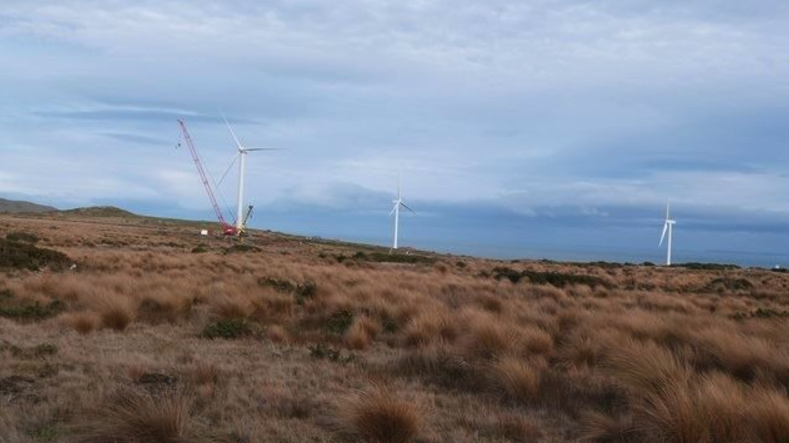Landowners are now able to diversify their farm’s income, thanks to new opportunities like wind farms and 'glamping'.
These innovative income generators are allowing farmers up and down New Zealand to reduce their reliance on land-based or grass-generated incomes.
The increasing number of visitors to Aotearoa has seen farmers seizing opportunities in traditionally non-farming sectors, like tourism. From simple farm café businesses to underground caving tours, rock climbing and visitor accommodation, the ways in which farmers are have begun to leverage their land for profit is varied.
Relatively minor additions to a farm’s infrastructure, like high-end camping spaces – known as glamping – and the growing popularity of accommodation websites like Airbnb.com, means there are now fewer barriers to getting new ventures off the ground.
But for those seeking off-farm income within the farm gate, the answer sometimes lies in the wind.
New Zealand has 19 wind farms either operating or under construction, with a combined installed capacity of 690 megawatts. Supplying about 5% of New Zealand’s annual electricity generation, there is another 2500 megawatts of generation consented.
Grenville Gaskill, Chief Executive for the New Zealand Wind Energy Association explains that, as New Zealand is required to meet its commitments under the Paris Accord, efforts to ‘de-carbon’ our economy are sure to be encouraged in the coming years.

“For landowners fortunate enough to be in an area where wind farms could be installed there are a number of benefits. They get significant investment made into roading and access on their property.
“They get to retain use of most of their land area, thanks to the turbines’ compact footprint, and of course there are regular lease payments made by the generator to the landowner for having the turbines there.”
Hamish and Julie Ormond own a farm at Te Uku, west of Hamilton. The turbines on their property are part of a 28-turbine wind farm operated by Meridian.
The couple bought the 1,300ha store property with the wind farm already in place, and receive an income stream based on having 2.5 turbines on their property.
“We are paid a monthly rental and then there is a royalty wash up when the power generated exceeds the monthly rental. A right of way rental is also paid. It is enough to make quite a significant difference to our farm’s bottom line profit,” says Hamish.
Mark Dawe, Bayleys real estate rural manager in Hamilton, says wind farms are not currently a common opportunity, but one that is becoming more popular as people recognise the benefits of sustainable energy.
“During my 13 years as a real estate agent we have seen what I describe as ‘on farm, but non-farm income streams’ become more and more desirable. I am not sure if more people recognise the tourism opportunities and the alternative energy options more now than they used to, or if they want or require the additional income streams.
“I have had the opportunity to meet a number of people who have these on farm, non-farm income streams and I have found they open up really interesting conversations. They also offer possible added value when selling the property.”
12 Jul 2017

